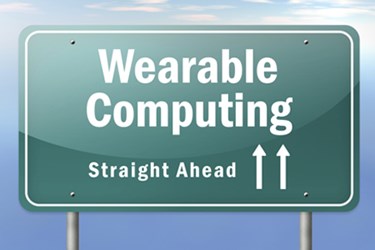Study Finds New Potential For Wearables

By Christine Kern, contributing writer

Detection of diseases and managing care are among the potential uses of health trackers.
Wearable health devices can detect and measure an array of physiological changes including early signs of Lyme diseases and inflammatory responses, and as such are likely to play a significant role in managing health according to a Stanford University study published in PLOS Biology.
A Tractica report predicted by the year 2021 wearables will be shipping at a rate of 66 million per year, and physicians are becoming more likely to recommend the use of wearables to their patients. In fact, a Nielsen survey found 40 percent of doctors have done so. And while another study found wearables don’t seem to change patient behavior, “The growing field of wearable technology may facilitate this to change,” according to researchers from universities in the United Kingdom and Australia.
The researchers studied the new wave of wearable sensors that allow for frequent and continuous measurements of physiology including heart rate, skin temperature, blood oxygen levels, and physical activity, finding wearable sensors were useful in detecting early onset Lyme disease and inflammation. They also found wearable sensors can reveal physiological differences between insulin-sensitive and insulin-resistant individuals, helping to detect the risk of type 2 diabetes in patients.
This is one of the first studies to actually investigate the use of wearables in healthcare. According to this new study, one recent study found no obvious benefit of biosensors for users in healthcare or utilizations. And results from wearables have proven inconsistent; one recent study found people using a website to track their weight loss actually lost more weight than those using wearable devices.
In the current study, researchers were able to use the data to develop a framework for identifying abnormal physiological signals, which could facilitate the detection of diseases. Their results suggest that wearable health devices could provide an avenue for managing the health of people who experience socioeconomic and geographically-based barriers to care.
The authors concluded, “The data presented above indicate that many types of continuous physiological and activity information can be collected on a single individual on a long-term basis and can be used to measure, analyze, and guide health-related decisions. We showed that wearables can capture expected observations such as circadian fluctuation in HR and skin temperature and their changes during activity. In addition to serving as a valuable resource, we also found several interesting and important new results.”
